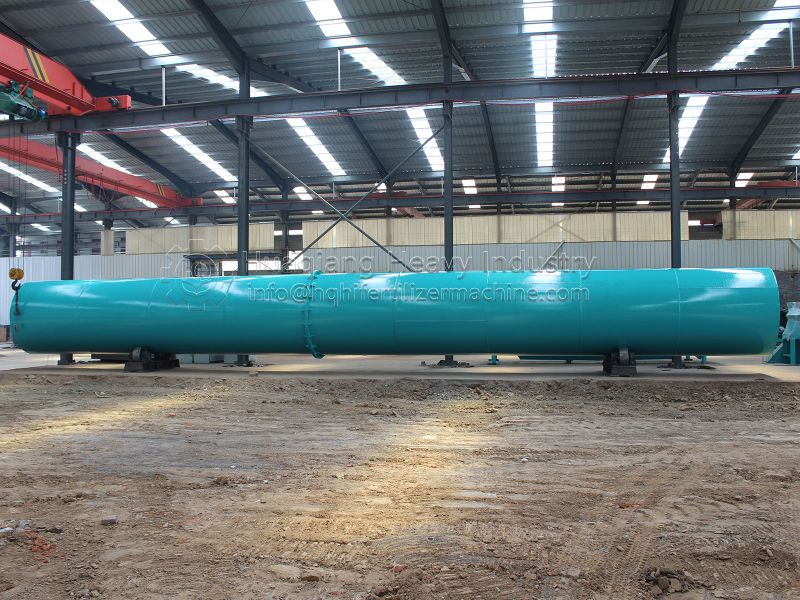Drum fertilizer dryers operate frequently during the fertilizer drying process. Improper operation or untimely maintenance can easily lead to problems such as uneven drying, decreased efficiency, and equipment blockage, directly impacting production progress.
- Uneven Moisture Content of the Material After Drying
One problem is large fluctuations in hot air temperature, resulting in uneven heat transfer. Another problem is that the feed rate fluctuates, resulting in uneven material accumulation thickness within the drum. To address this, first stabilize the heating system and control hot air temperature fluctuations within ±5°C. Then, use a variable frequency feed valve to control uniform feed and ensure a stable material thickness within the drum.

- Sudden Drop in Drying Efficiency
This is often caused by severe wear of the drum’s internal lifter plates or dust accumulation and blockage in the hot air ducts. To address this, stop the drum fertilizer dryer and inspect the lifter plates. If wear exceeds 1/3, replace them. Clean dust from the hot air ducts to ensure the hot air volume meets the standard. Furthermore, if the drum’s exterior is scaled, perform regular acid cleaning to improve heat transfer efficiency.
- Drum Blockage
This is mainly caused by the drum tilt angle being too small or residual material hardening and clumping at the discharge port. In this case, the drum fertilizer dryer should be stopped to clean the accumulated material inside the drum. Subsequently, the drum tilt angle should be adjusted to 4°-5°. After each production run, the discharge port should be thoroughly cleaned of any residual material to prevent hardened material from clogging.


